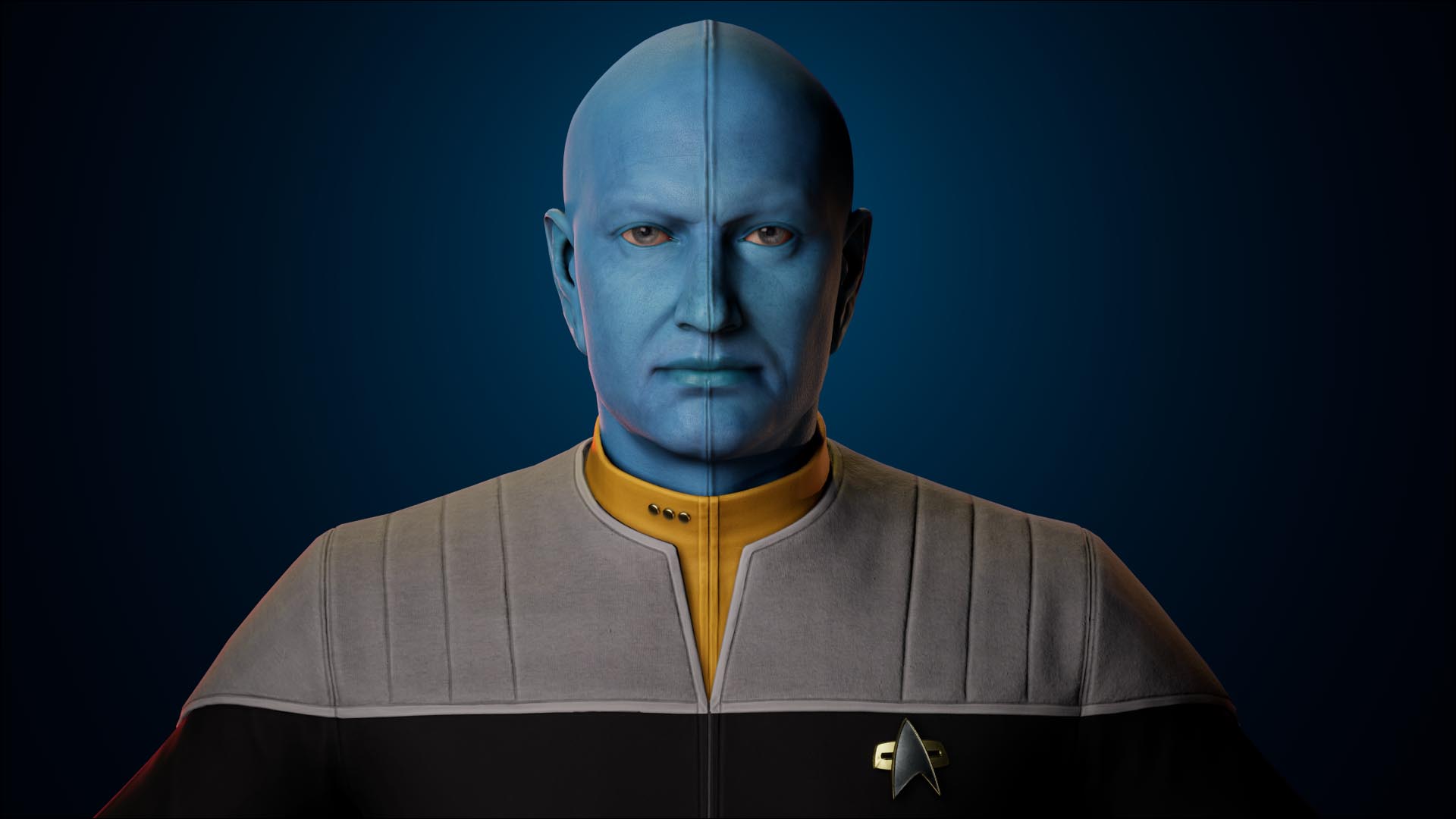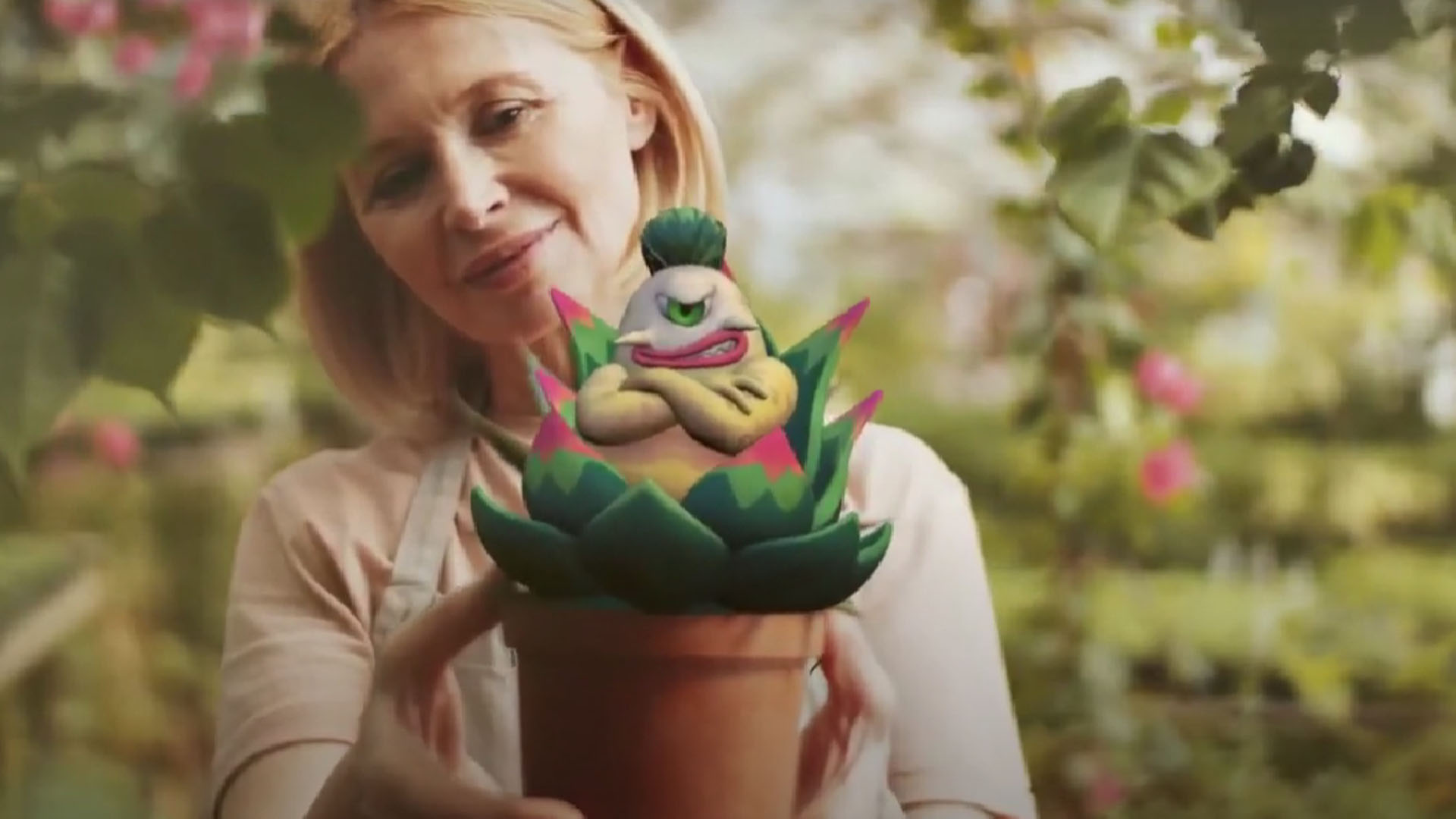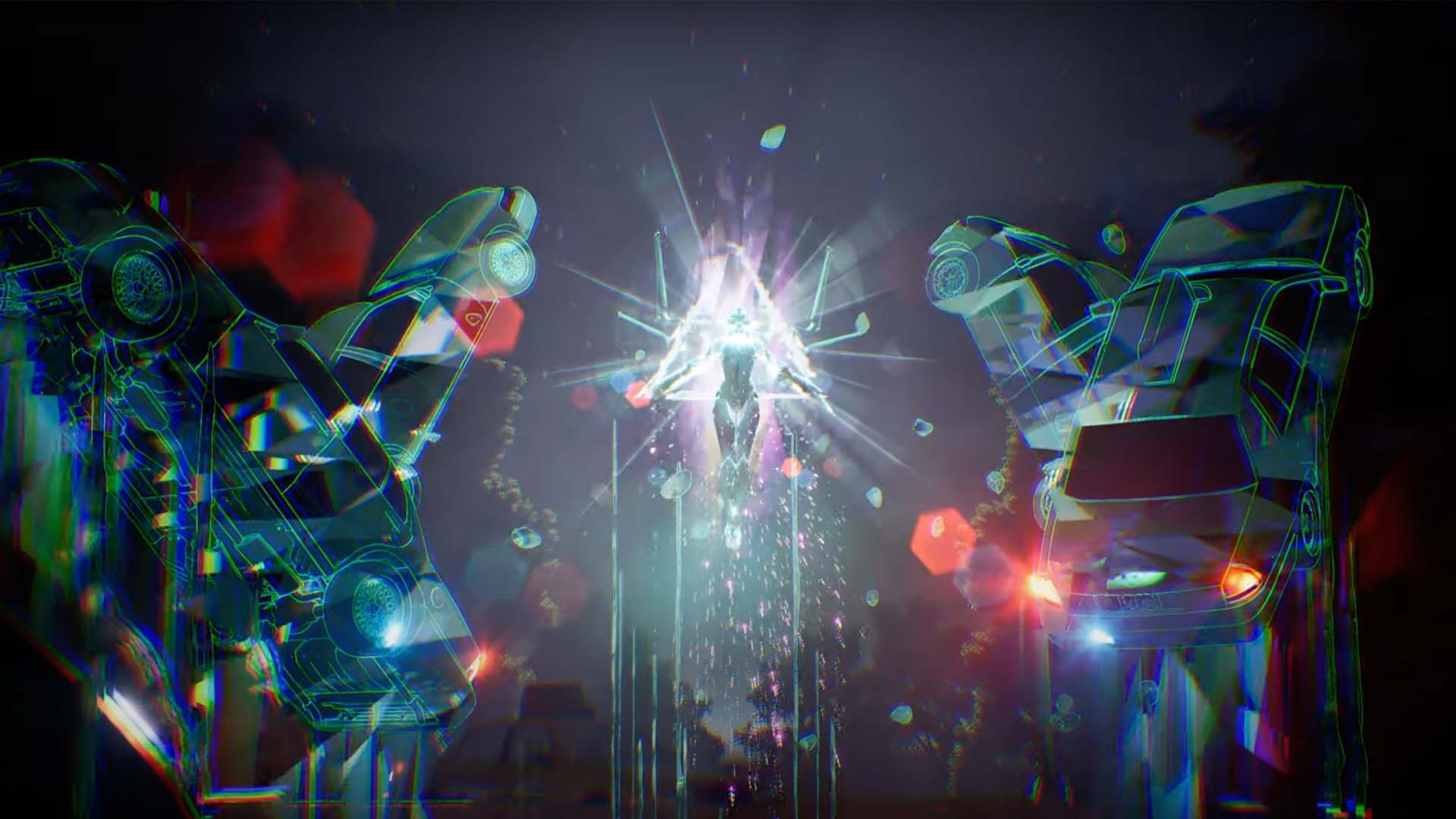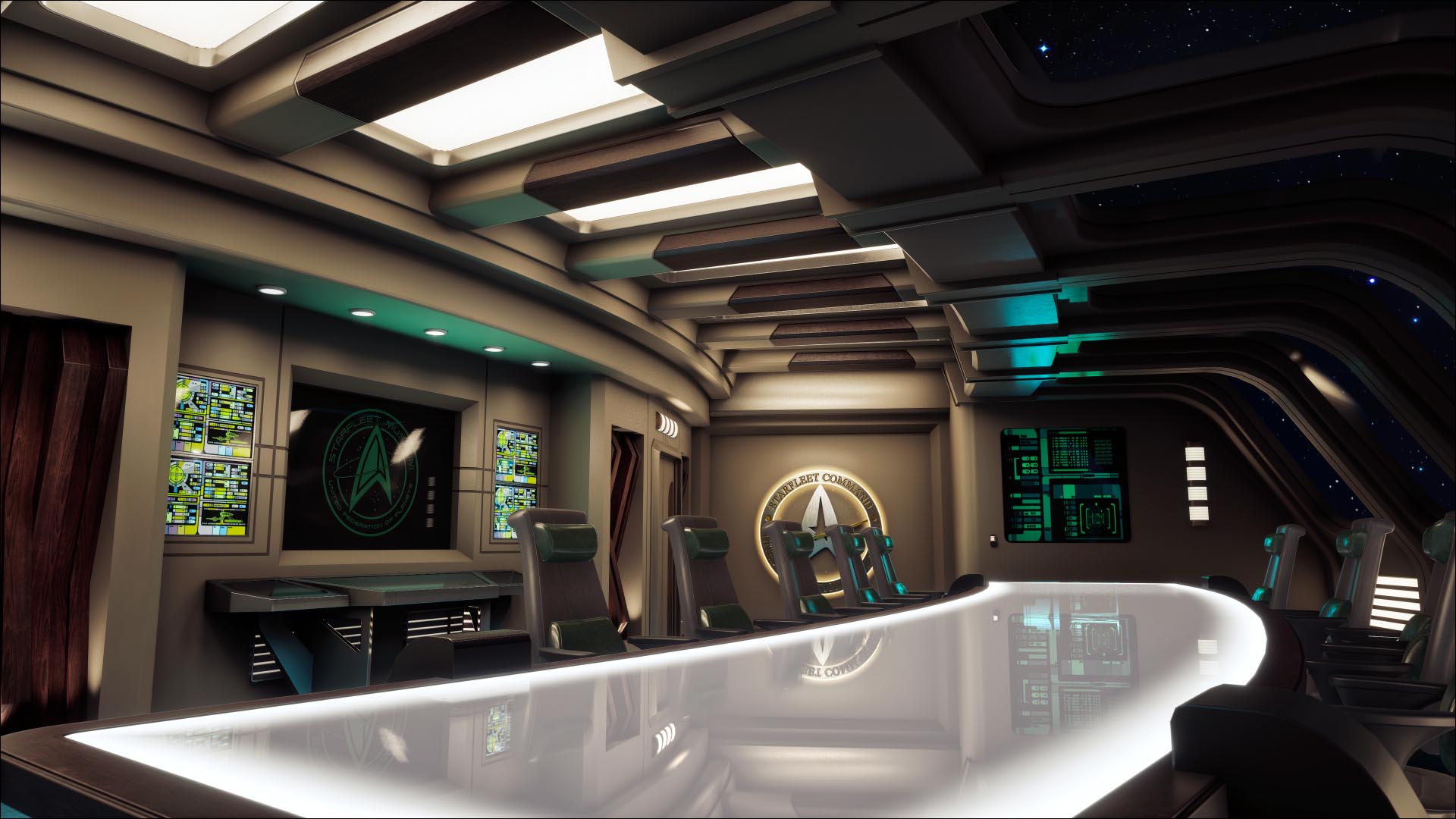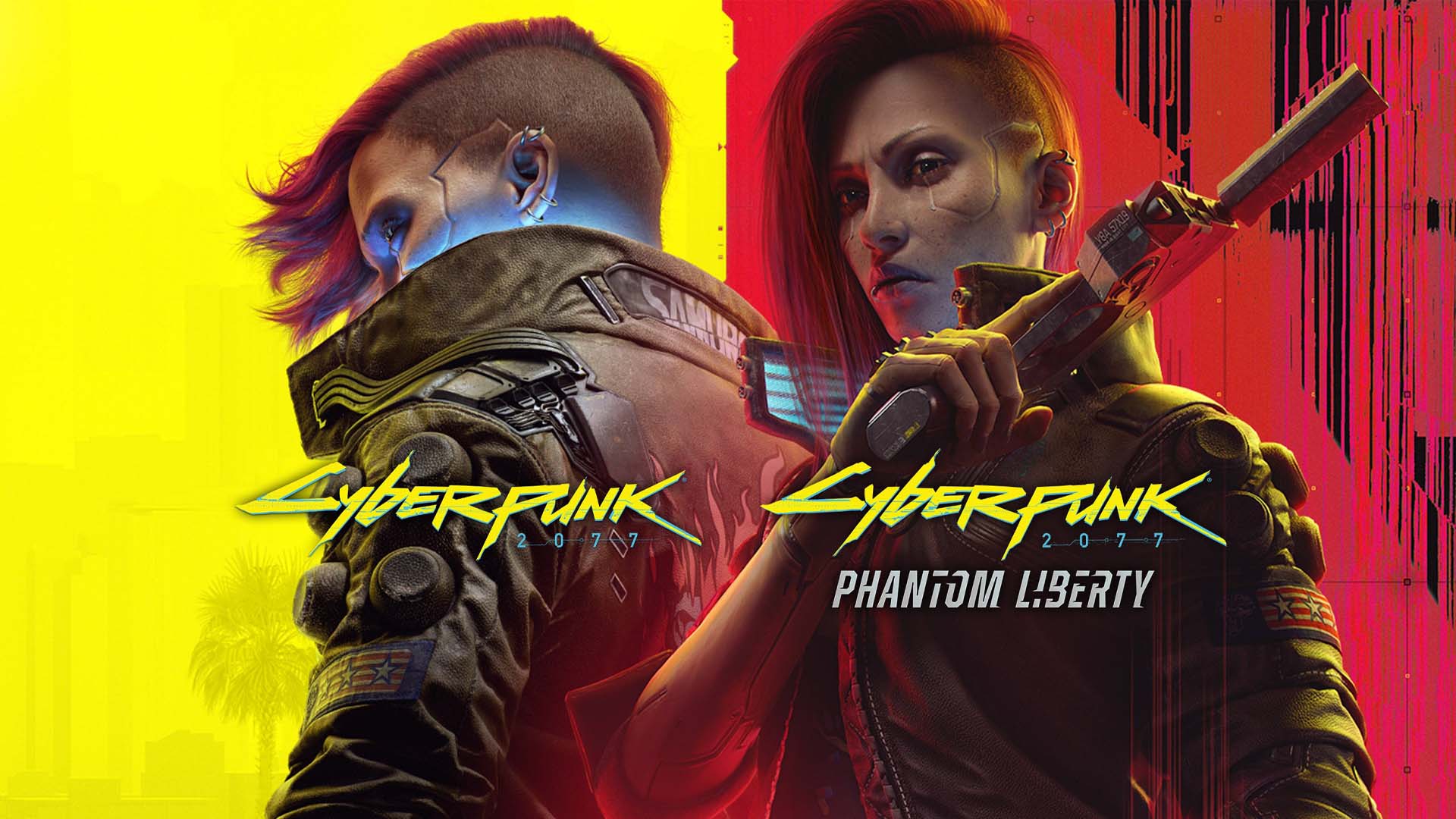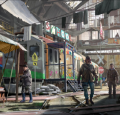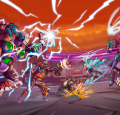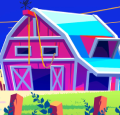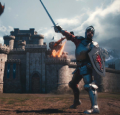In our journey to simplify complexity and foster knowledge sharing, we delve into the intricacies of 3D models for games. Join us as we explore the fundamentals, techniques, and challenges faced by seasoned professionals in the industry.
Expert Perspectives on 3D Models
Embark on a journey with our team of experienced 3D modelers and artists who have honed their craft across diverse industries, including gaming giants like Ubisoft, Sony, and EA. Gain invaluable insights into their methodologies, tools, and mindset.
Optimizing Tools and Techniques: The Key to Success
Discover the arsenal of tools utilized by our experts, ranging from ZBrush to Maya, tailored to streamline workflows and maximize efficiency. Learn how adaptability and innovation drive quality in the ever-evolving landscape of 3D models for games.
Navigating Priorities in Game Development
Explore the critical role of the blockout stage in shaping the core perception of a model, blending artistic vision with technical precision. Gain insights into the intricate balance between form and function, as priorities shift within the dynamic realm of gaming.
Deciphering High-Quality 3D Models: Technical and Artistic Considerations
Delve into the nuanced criteria defining a ‘high-quality’ model, transcending mere polygon counts to encompass design, topology, and narrative depth. Uncover the artistic nuances that breathe life into virtual worlds, captivating audiences with emotive storytelling.
Adapting to Client Needs: Tailoring Quality to Project Requirements
Navigate the diverse landscape of client expectations, from hyper-realism to stylized expression, as our team strives to exceed industry standards with each project. Witness the evolution of quality standards as technology advances and creative boundaries expand.
Overcoming Challenges: The Road to Excellence
Embark on a journey through the trials and triumphs of 3D modeling, as our experts tackle project limitations, technical constraints, and collaborative hurdles. Gain insights into the iterative process of refinement, anchored by a steadfast commitment to quality.
The Core of 3D Modeling
As we demystify the complexities of 3D modeling, we invite you to embrace the foundational principles that underpin our craft. From concept to completion, the journey towards excellence begins with a single blockout, illuminating the path to immersive gaming experiences.
If you’d like to see what our artists can do for you and create a visually compelling character, get in touch. You can see more of our art and design services on our website, alongside our video games art portfolio.

